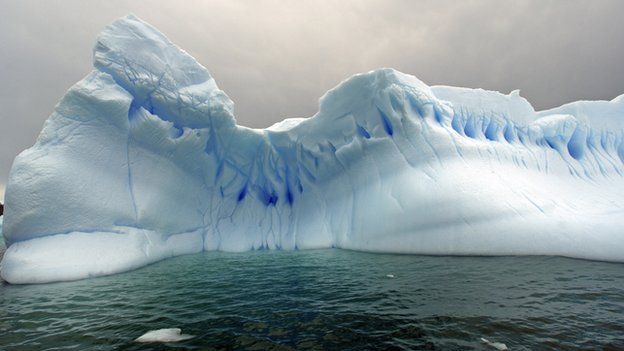 Is the weather changing the amount of ozone above Antarctica?
Is the weather changing the amount of ozone above Antarctica?
Ozone-damaging substances - such as CFCs - began to be phased out 20 years ago. Since then, the hole in ozone layer stopped getting bigger. However there haven't yet been signs of a full recovery - and damaging UV rays from the sun are still streaming through.
Now scientists from Nasa believe that the weather also plays a key role. Satellite images show that fluctuating air temperatures and winds change the amount of ozone that sits above Antarctica. This means the size of the ozone hole changes year on year.
The team thinks the weather will continue to be the dominant driver in the process until 2030. But after that, as the long-lasting chemicals in the atmosphere finally start to clear, the layer could recover by 2070.
SHOW ALL | HIDE ALL
used less and less
continuously flowing from one side to the other (here, from outside the earth's atmosphere to inside it)
has a strong influence
continually changing
main cause
to become less and less until they disappear